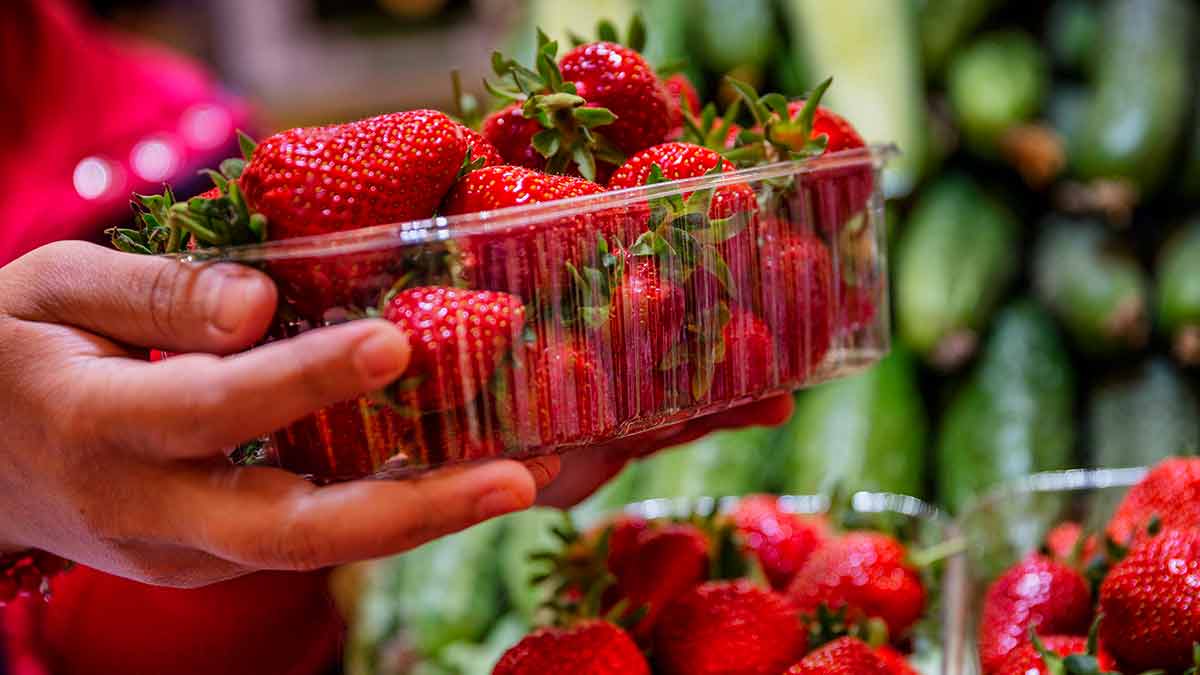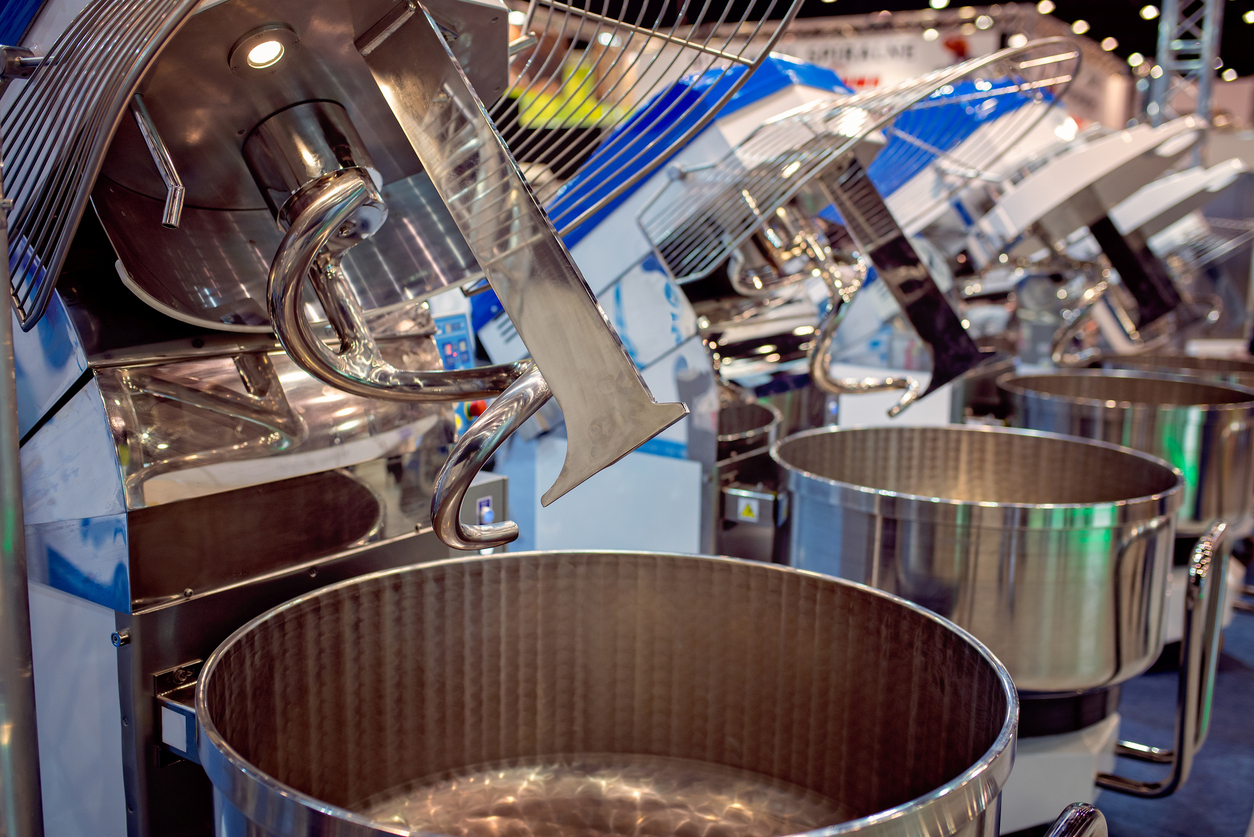Why Are Strawberries So Expensive Right Now?
If you’ve recently noticed the price of strawberries skyrocketing at supermarkets and local markets, you’re not alone. The cost of this beloved fruit has surged, leaving consumers wondering why a simple punnet of strawberries has become a luxury item. Several factors—including weather conditions, import policies, labor shortages, and production costs—have contributed to the current high prices.
1. Adverse Weather Conditions Affecting Supply
One of the primary reasons for the rising cost of strawberries is unfavorable weather in major producing countries. The UK heavily relies on imports from Spain, Morocco, and Egypt during the winter and early spring months. However, recent weather patterns have disrupted supply chains:
- Spain has experienced heavy rainfall and colder-than-usual temperatures, delaying the ripening of strawberries and reducing yields.
- Morocco has also seen unexpected cool weather, slowing down production.
- The UK’s own strawberry season is still months away, meaning supply depends on imports, which are currently limited.
With fewer strawberries available, prices naturally increase due to supply and demand imbalances.
2. Import Quotas and Trade Tariffs
Strawberries are subject to import restrictions and tariffs, which can significantly impact prices. The UK imposes a 10% tariff on strawberry imports exceeding a set quota (6,000,000,000 kg in the 2023-24 season). Because demand for imported strawberries remains high, these quotas are being met earlier each year, resulting in additional costs for retailers and wholesalers.
For example, this season’s quota was reached as early as January 5th, meaning all strawberries imported afterward faced additional tariffs. These costs are ultimately passed on to consumers, making strawberries more expensive on store shelves.
3. Labor Shortages and Rising Farming Costs
The strawberry industry is labor-intensive, requiring significant manpower for planting, harvesting, and packaging. However, farmers in the UK and exporting countries are struggling with:
- Seasonal worker shortages due to stricter visa requirements and reduced access to foreign labor.
- Higher wages and operational costs, including fuel and transport.
- Worker protests over poor wages and conditions in some producing countries, leading to supply chain disruptions.
With labor being one of the largest expenses in strawberry farming, these challenges contribute to higher prices for both imported and locally grown strawberries.
4. Investments in Year-Round Production
To combat supply shortages, some UK producers have started investing in year-round strawberry farming technologies. Companies like The Summer Berry Company have spent millions on LED lighting, climate-controlled greenhouses, and advanced irrigation systems to produce strawberries outside the traditional growing season.
While this means consumers can enjoy fresh strawberries in winter, these advanced growing methods come with higher production costs, which are reflected in retail prices.
When Will Strawberry Prices Go Down?
Strawberry prices may ease as the UK’s domestic growing season begins in late spring and early summer. As more local strawberries hit the market, supply should increase, leading to lower prices. However, continued issues with labor costs and unpredictable weather could keep prices higher than usual.
Conclusion
Strawberries are expensive right now due to a combination of weather disruptions, import restrictions, labor shortages, and rising production costs. While prices may drop as local supply increases, the long-term cost of strawberries will likely remain higher than in previous years.
If you’re looking for a reliable supplier of fresh produce, including strawberries, Wigmore Trading can help source high-quality fruits at competitive prices. Contact us today for wholesale and import solutions!








Comments are closed.